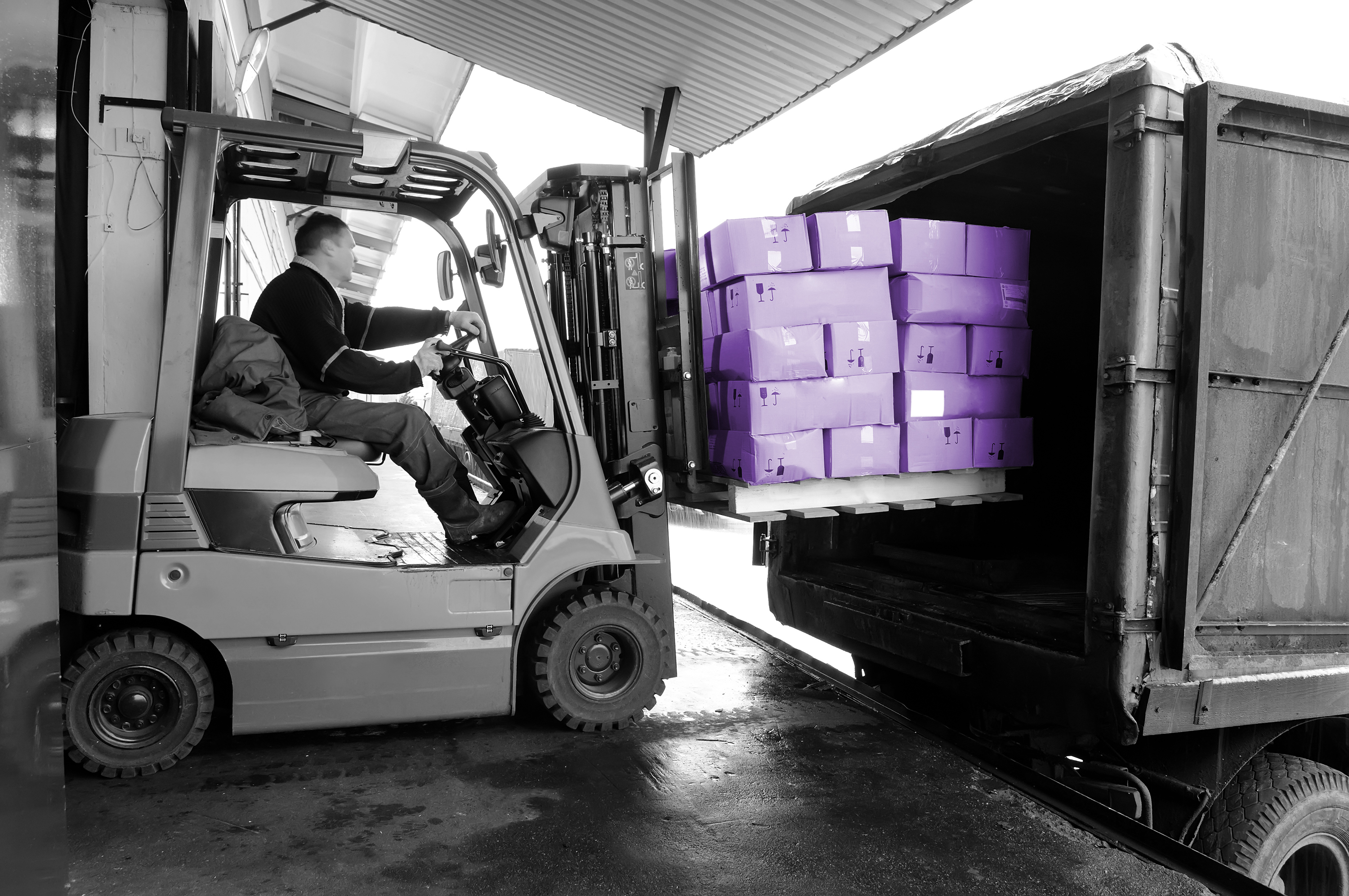There are many ways shippers and 3PLs can utilize multi-mode shipping for truckload (TL), less-than truckload (LTL), parcel, and final mile to increase efficiencies and cost savings. Much like many previous shipping advancements, those added efficiencies and savings wouldn’t be possible without implementing automated technology solutions with multi-mode capabilities.
Category: Freight-Pricing APIs
EDI vs. API: What is Better for LTL Shipping?
Less-than-truckload shipping can be a tricky mode for shippers and third-party logistics providers, especially those that are new to it and are not familiar with its complexities. Technology, like transportation management systems, helps maneuver the LTL sector because of its tracking and document storing/retrieval mechanisms. But when it comes to electronic data interchange (EDI) or application programming interfaces (APIs), which is the better option for shipping LTL? Let’s compare the two.
Top 4 Benefits of Updating Your Technology with Freight-Pricing APIs
Technology is proliferating across the supply chain, and digitization and automation are becoming increasingly expected. It is important to ensure your company updates its technology before its processes become obsolete. One great way to get on the front end of technology innovation is to implement freight-pricing APIs into your day-to-day rate quoting and shipment booking processes. They have many benefits and are customizable to your organization’s operations.
The Labor Shortage: How to Mitigate Its Effects on the LTL Industry
In last week’s blog, we examined the causes and impacts of the labor shortage on the supply chain. As we know, there are a number of reasons for the impending labor shortage, including changing demographics, skill sets and unemployment benefits. There are also a number of ways that companies can mitigate the labor shortage’s effects on their business’s bottom line.
What Technology is Important for the Current LTL Industry?
Logistics technology can help companies improve functionality and allow them to get things done quicker with less human capital. While the benefits of implementing new technology are great, so are the initial costs. That is why it is important to invest in the technology that is right for your company and important to the current LTL industry.
How to Improve Your Freight Bill Management
Freight bill management and auditing is a major cause of headaches for a number of companies. This is because freight bills can be complex, are often inaccurate and not always sent in a timely manner. However, the freight bill management process can be simplified.
How to Get the Best LTL Rates
Companies are always looking for ways to save money, and one place they look to make cuts is on freight spend. However, because the market is currently oversaturated with freight, it may take some research to find the best rates for less than truckload (LTL) freight.
Improve Your Carrier Communication Strategy with Transparency
Shippers and carriers need to work together to get the best results. To do that, they need to be open and honest about their freight and share as much information as possible. By doing so, the shipping and delivery process can be improved and allow each company to garner significant benefits. As such, an effective communication strategy between shippers and carriers begins with transparency.
Improve Your LTL Freight Management with Dynamic Pricing
Change is constant. Throughout the supply chain, we see changes in material costs, demand, fuel surcharges – you name it. So, why in an industry that is constantly affected by change, are we stuck using static rate tables or routing guides? A dynamic industry requires dynamic pricing to get the best results.
The Importance of Freight Visibility Throughout the Supply Chain
When you think of freight visibility, what does that mean to you? Is it just about knowing where your freight is or when it will arrive at its final destination? Is it knowing that it was put on the truck and is on its way or is it knowing in real-time where that freight is throughout its entire journey from order placement through delivery? Or is it all of those things and more? The term freight visibility is changing as the industry adapts to the new reality – one that is driven by ecommerce and the Amazon Effect. But no matter what it means to your company, visibility is necessary for properly managing freight, labor, costs and customer service.






